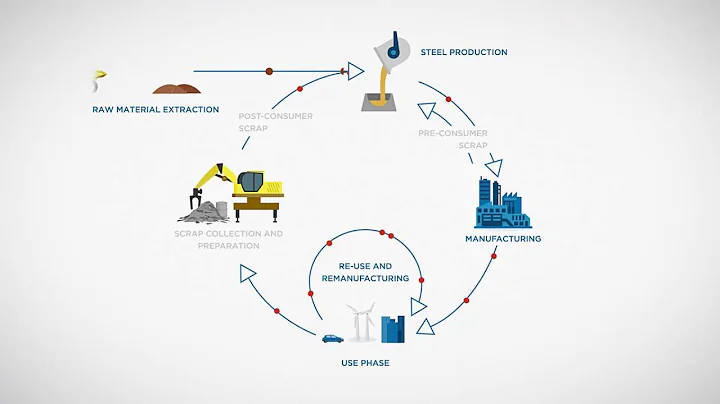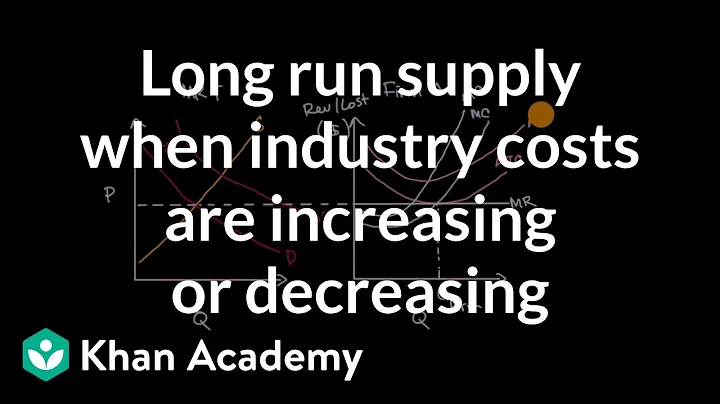
2. Understand the steel industry
The steel industry is an industrial industry mainly engaged in industrial production activities such as ferrous metal mineral mining and ferrous metal smelting and processing, including the mineral mining and selection industry of metallic iron, chromium, manganese, etc., iron-making industry, The steelmaking industry, steel processing industry, ferroalloy smelting industry, steel wire and its products industry and other subdivided industries are one of the important raw material industries in the country.
Three, the current situation of the industry

1. Before 2011, the steel industry ushered in a production expansion cycle. After 2011, excess steel production capacity caused profits to decline
Before 2011, the huge demand in the steel market drove the expansion of steel production capacity. In 2002, the steel production capacity utilization rate was as high as 92.4 %, and the State Council Document No. 18 in 2003 proposed to list real estate as a "pillar industry", which stimulated the accelerated expansion of steel production capacity.
In 2011, the population dependency ratio reached an inflection point, domestic demand growth began to slow down, and the demographic dividend gradually faded. At this time, steel production capacity was still at a high level, and the problem of overcapacity began to emerge. Starting from the second half of 2011, the steel production capacity utilization rate dropped rapidly, from 81% in 2011 to 67% in 2015. The problem of overcapacity became more and more serious, and steel prices also entered a downward channel. As steel prices plummeted, profits of steel companies shrank sharply. In 2015, the steel industry suffered a comprehensive loss. The profits of key steel companies across the country were -64.5 billion yuan, and there were more than 2,200 loss-making companies. The steel industry encountered the problem of "more production, more losses".
2. Supply-side reform has achieved initial results
Overall, with the implementation of supply-side reform, the overcapacity situation in the steel industry has gradually eased, backward production capacity has gradually been cleared, and the supply structure has gradually been optimized. In terms of overcapacity reduction, by the end of 2018, the upper limit of 150 million tons of steel overcapacity set by the "Thirteenth Five-Year Plan" had been completed ahead of schedule. At this stage, the main reduction in steel production capacity was strip steel .
3. "Carbon reduction" has become the theme of the steel industry
Since the "13th Five-Year Plan" period, the measures for supply-side structural reform of the steel industry have been continuously improved and deepened. From the strict ban on new smelting capacity, to the suspension of capacity replacement and project registration, to the overproduction proposed during the "double carbon" period, the steel industry has realized the continuation of the policy from "capacity reduction" to "dual control of production capacity and output" and promoted the "14th Five-Year Plan". During the Five-Year Plan period, supply-side reform will be further deepened. At the same time, the Central Economic Work Conference in December 2021 proposed to realize the transformation from "dual control" of energy consumption to "dual control" of carbon emission total and intensity as soon as possible, and accelerate the formation of an incentive and restraint mechanism for pollution reduction and carbon reduction. The above policies are all in line with the ideas of macro-control and . It is expected that the steel industry will undergo a series of changes around the "carbon reduction" goal in the future.

Fourth, investment strategy
There are four types of tracks in the steel industry worthy of attention.
First, ordinary steel companies that have accelerated mergers and reorganizations in the steel industry, and their production capacity concentration and regional concentration have increased;
Second, they have a larger market share in the field of special steel. , and have formed a certain scale advantage;
third is a high-end stainless steel manufacturer that benefits from the high growth rate of energy demand and the nuclear power boom;
fourth is a high-temperature alloy standard that benefits from the aerospace and military boom.





















